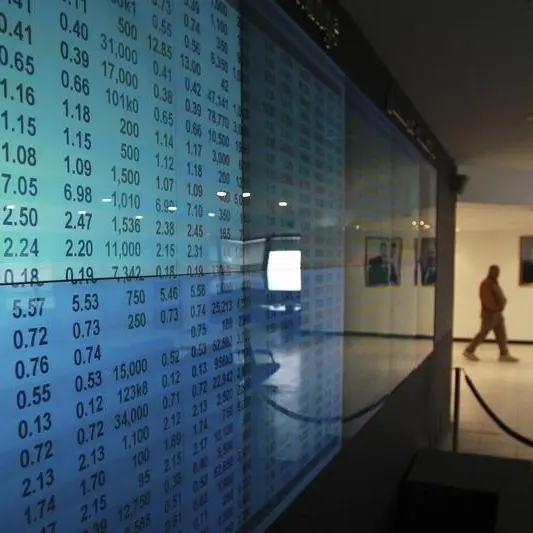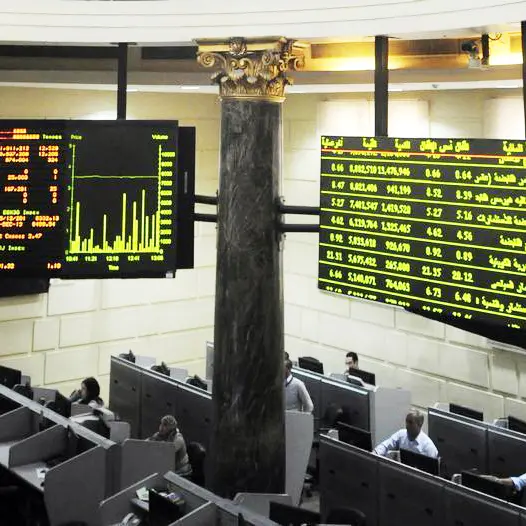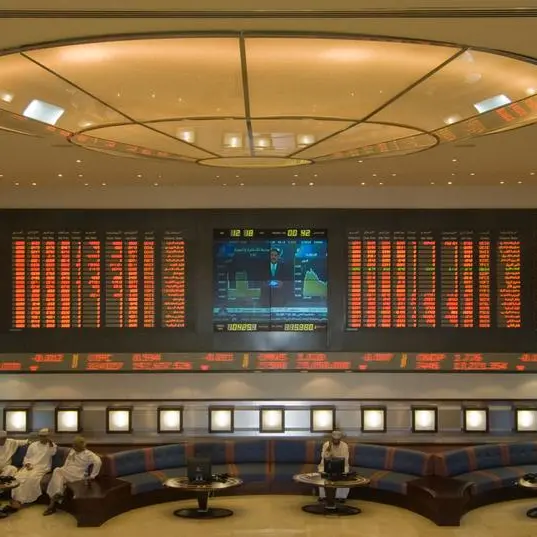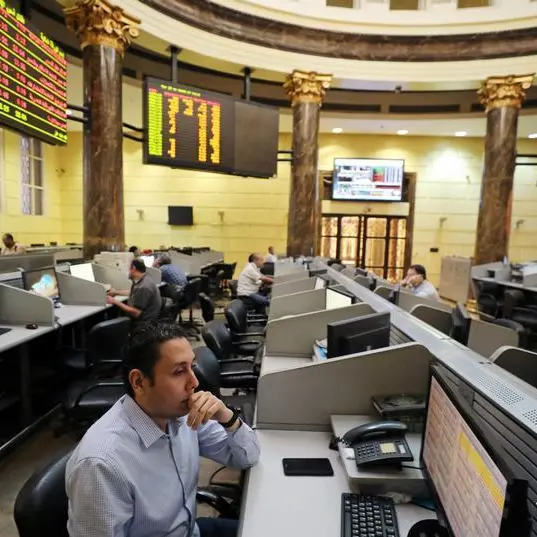PHOTO
Participants attend an Asian investment conference held by Credit Suisse in Hong Kong, China March 21, 2023. REUTERS/Tyrone Siu
It is too soon to tell whether the troubles of US banks, and the emergency acquisition of Credit Suisse will lead to contagion, or will be contained, according to Swiss bank Lombard Odier.
In a CIO Viewpoint published today, the bank said while banking turmoil is taking place against a backdrop of rising interest rates and tightening financial conditions, banks look better capitalised than prior to the 2008 financial crisis.
Stéphane Monier said it is too soon to know whether market confidence will be restored by the emergency deal in which Credit Suisse was sold to rival UBS, but, he added: “The current environment looks very different to that which preceded 2008’s financial crisis.”
Referring to the failures of Silicon Valley Bank (SVB), Signature Bank, the tumbling shares of First Republic Bank and the Swiss-government engineered rescue of Credit Suisse, and comparing it to the environment prior to 2008 crisis, he said: “Banks have bigger capital buffers, particularly the largest banks, where capital requirements were increased significantly post-GFC.
“They have less exposure to subprime mortgages and commercial real estate. Regulation has been reinforced, and regulators have learnt lessons about the importance of swift and decisive action.”
It is however too early to tell if the problems have been stemmed, Monier’s update said.
Online banking and social media
“The business model of all banks requires confidence, and the speed of SVB’s collapse demonstrates how quickly a bank run can materialise, partly because of social media and the ability to transfer deposits between banks online within seconds.”
Some clients are moving deposits from smaller US banks to the perceived safety of larger US banks. Small and medium-sized banks may have to offer higher interest rates to retain depositors or tempt them through the door, Monier said, or else seek other, much more expensive sources of funding.
“Neither will help profitability,” he concluded.
Indicators of the impact of the banking turmoil include gauges of contagion, including markets for contingent convertible debt issued by banks, which have been sharply impacted by recent developments, as well as measures of stress in money markets, Lombard Odier said.
Movements in bank share prices will also be an indicator, along with use of central bank liquidity facilities and the impact on future monetary policy, including the US Federal Reserve’s next decision on interest rates, due to be announced Wednesday.
(Writing by Imogen Lillywhite; editing by Seban Scaria)





















